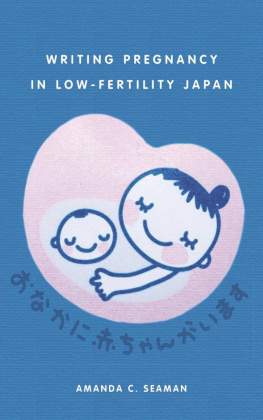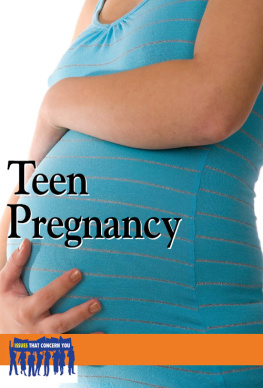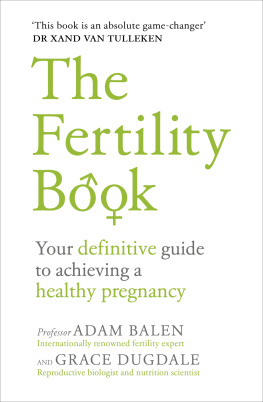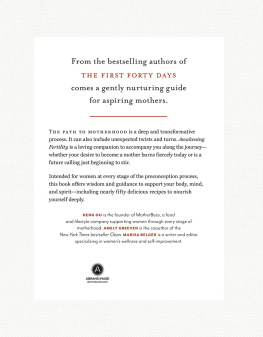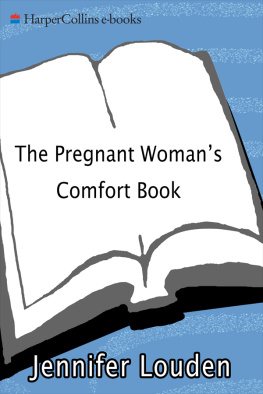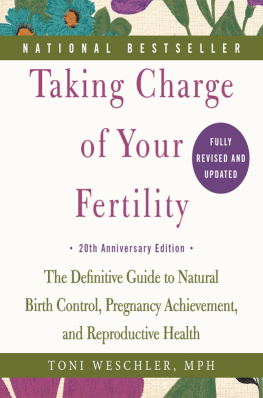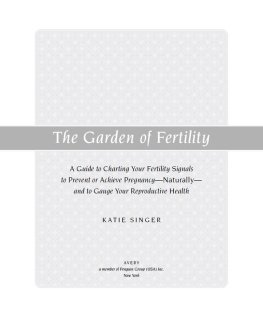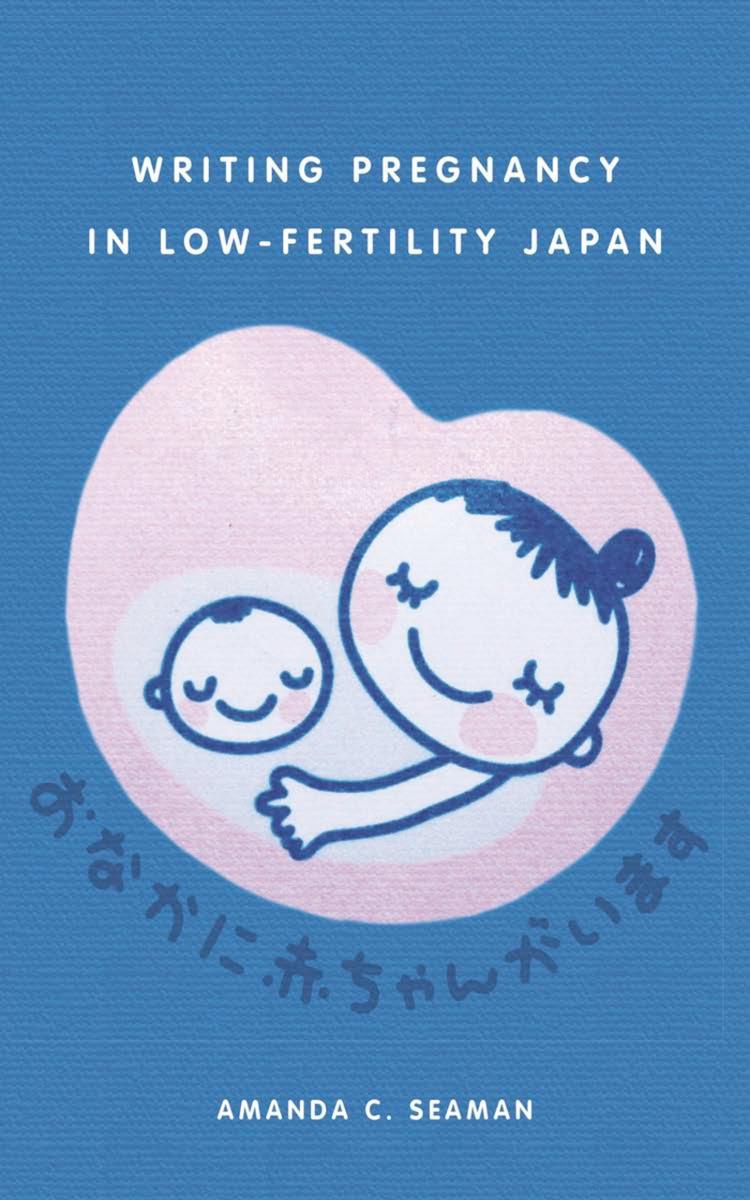Amanda C. Seaman - Writing Pregnancy in Low-Fertility Japan
Here you can read online Amanda C. Seaman - Writing Pregnancy in Low-Fertility Japan full text of the book (entire story) in english for free. Download pdf and epub, get meaning, cover and reviews about this ebook. year: 2016, publisher: University of Hawaii Press, genre: Home and family. Description of the work, (preface) as well as reviews are available. Best literature library LitArk.com created for fans of good reading and offers a wide selection of genres:
Romance novel
Science fiction
Adventure
Detective
Science
History
Home and family
Prose
Art
Politics
Computer
Non-fiction
Religion
Business
Children
Humor
Choose a favorite category and find really read worthwhile books. Enjoy immersion in the world of imagination, feel the emotions of the characters or learn something new for yourself, make an fascinating discovery.
- Book:Writing Pregnancy in Low-Fertility Japan
- Author:
- Publisher:University of Hawaii Press
- Genre:
- Year:2016
- Rating:4 / 5
- Favourites:Add to favourites
- Your mark:
Writing Pregnancy in Low-Fertility Japan: summary, description and annotation
We offer to read an annotation, description, summary or preface (depends on what the author of the book "Writing Pregnancy in Low-Fertility Japan" wrote himself). If you haven't found the necessary information about the book — write in the comments, we will try to find it.
Writing Pregnancy in Low-Fertility Japan is a wide-ranging account of how women writers have made sense (and nonsense) of pregnancy in postwar Japan. While earlier authors such as Yosano Akiko had addressed the pain and emotional complexities of childbearing in their poetry and prose, the topic quickly moved into the literary shadows when motherhood became enshrined as a duty to state and sovereign in the 1930s and 40s. This reproductive imperative endured after World War II, spurred by a need to create a new generation of citizens and consumers for a new, peacetime nation. It was only in the 1960s, in the context of a flowering of feminist thought and activism, that more critical and nuanced appraisals of pregnancy and motherhood began to appear.
In her fascinating study, Amanda C. Seaman analyzes the literary manifestations of this new critical approach, in the process introducing readers to a body of work notable for the wide range of genres employed by its authors (including horror and fantasy, short stories, novels, memoir, and manga), the many political, personal, and social concerns informing it, and the diverse creative approaches contained therein. This pregnancy literature, Seaman argues, serves as an important yet rarely considered forum for exploring and debating not only the particular experiences of the pregnant mother-to-be, but the broader concerns of Japanese women about their bodies, their families, their life choices, and the meaning of motherhood for individuals and for Japanese society. It will be of interest to scholars of modern Japanese literature and womens history, as well as those concerned with gender studies, feminism, and popular culture in Japan and beyond.
Amanda C. Seaman: author's other books
Who wrote Writing Pregnancy in Low-Fertility Japan? Find out the surname, the name of the author of the book and a list of all author's works by series.

